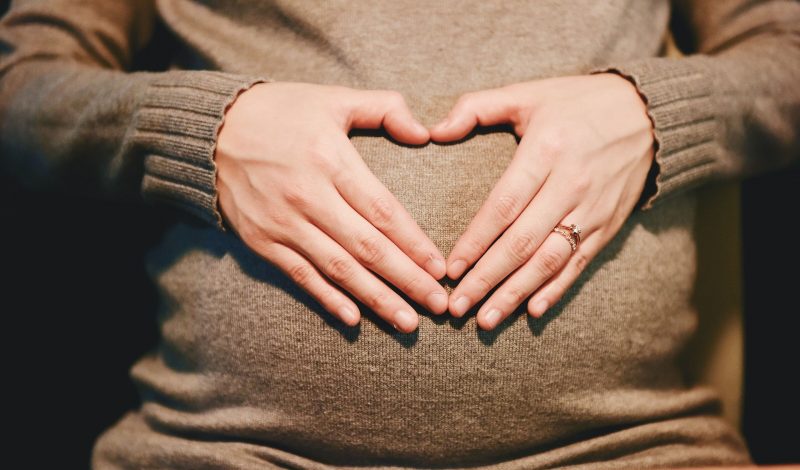Pregnancy Related Back Pain (Pelvic Girdle Pain)
Monika Dobrowolska – Expert Sports and Pregnancy Chiropractor
Since deciding to become a chiropractor, I’ve wanted to work in sports. However, whilst at university I discovered a love for treating pregnant women and pregnancy related back pain. Since graduating as a chiropractor at Skelian, I’ve done further specialist courses to increase my knowledge. Looking at how chiropractic treatment can help alleviate common low back pain and pelvic girdle pain (PGP) during pregnancy.
Many people wouldn’t think to go see a chiropractor during pregnancy, however the treatment we do is extremely gentle and can really alleviate symptoms. In fact, The Royal College of Obstetricians & Gynaecologists recommends manual therapy for the treatment of PGP by therapists, including chiropractors, who have been trained in Pelvic Girdle Pain (see https://www.rcog.org.uk/
At Skelian, I treat many pregnancy related back pains with great success. It’s wonderful treating women at various stages of their pregnancy. Pelvic Girdle Pain (also known as Symphysis Pubis Dysfunction: SPD) affects 1 in 5 pregnant women at any stage of their pregnancy (see RCOG website). Women who are hypermobile or have experienced low back pain in the past can be more predisposed to developing pelvic girdle pain.
What is Pelvic Girdle Pain (PGP)
Pelvic Girdle Pain is also known as: Pubis Dysfunction (SPD).
The pelvic girdle is a ring of 3 bones that make up your pelvis. Normally, these bones gently slide and allow for smooth and normal movement. Ligaments attach the bones together to provide more stability and ease of movement (see https://www.rcog.org.uk/
During pregnancy, specifically the 2nd trimester, we release a hormone known as Relaxin. As the name suggests, this hormone relaxes the ligaments in preparation for the growing baby to be delivered at the end of the 3rd trimester (Jain, Smita, et al. “Symphysis pubis dysfunction: a practical approach to management.” The Obstetrician & Gynaecologist 8.3 (2006): 153-158.)
In some cases, this increase in laxity causes the joints to become a bit more unstable, and therefore cause pain and discomfort as they slide over one another during normal activities such as walking. On top of this, as the baby grows week by week and changes position, this furthermore loads these joints and can cause more strain on your pelvis.
Common Symptoms of PGP include:
-
Pain in the pubic region, lower back, hips or groin
-
Pain which is worse with movement, such as walking for prolonged periods and bending / twisting.
-
Standing on one leg; which can also include going up and down stairs.
Advice for Managing PGP :
-
Keeping active, but remembering to give yourself plenty of rest in between and after
-
Try not to sit in one position for more than 30 minutes at a time
-
Keeping your weight equal on both legs
-
Using a pillow between your knees and under your bump when in bed
-
Avoiding heavy lifting
-
Sitting cross legged.
The treatment that we do for PGP is very gentle. Your chiropractor will firstly assess you and will use a combination of massage, acupuncture and stretches. All of these treatments have been proven to be safe and effective by the Royal College of Obstetricians. I also give my pregnant patient’s gentle strengthening exercises to compliment the treatment in order to get the best results.
Occasionally, women continue or begin to experience pregnancy related back pain after pregnancy. This is again due to the hormone Relaxin which is continually produced until a few months after stopping breastfeeding.
Pelvic Girdle Pain is treatable at any stage of pregnancy (and after pregnancy), however the Royal College of Obstetricians and Gynaecologists recommends that the sooner it is treated, the more likely you are to feel better.
If you are pregnant and are experiencing any of these symptoms and would like to know more about how we can help you, please book an appointment with us and we can answer any more questions that you may have please email stpauls@skelian.co.uk or call Skelian on 01242 254000
https://www.instagram.com/skelian_chiropractic/
https://www.facebook.com/skelianclinic/
https://www.youtube.com/channel/UCCJ9BXYUAAfOie7zTUUeIKA/videos



